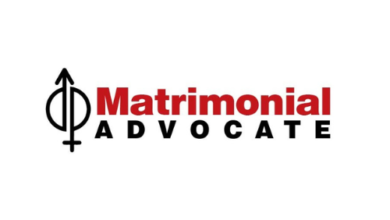The Comprehensive Guide to Self-Publishing
In the evolving world of literature and media, self-publishing has become a buzzword. But what exactly is self-publishing, and why has it gained so much popularity? This blog delves into the ins and outs of self-publishing, exploring its benefits, challenges, and the steps involved in taking control of your literary destiny.
What is Self-Publishing?
Self-publishing refers to the process where authors publish their own books or other media without the involvement of a traditional publishing house. This means the author is responsible for all aspects of the publishing process, including writing, editing, designing, marketing, and distributing their work.
The Rise of Self-Publishing
The rise of self-publishing is closely linked to advancements in technology and the internet. Digital platforms and tools have made it easier for authors to produce and distribute their work. Online retailers like Amazon Kindle Direct Publishing (KDP), Smashwords, and Lulu have democratized the publishing industry, allowing authors to reach global audiences with minimal upfront costs.
Benefits of Self-Publishing
- Creative Control: Authors retain full control over their work. This includes decisions about the content, cover design, pricing, and marketing strategies.
- Higher Royalties: Traditional publishers typically offer royalties between 10-15%. Self-published authors can earn up to 70% royalties on platforms like Amazon KDP.
- Faster Time to Market: Traditional publishing can be a lengthy process, often taking years. Self-publishing allows authors to release their work as soon as it’s ready.
- Ownership Rights: Authors retain all rights to their work, giving them the flexibility to adapt or republish it in different formats.
Challenges of Self-Publishing
- Upfront Costs: While it can be cheaper than traditional publishing, self-publishing still involves costs for editing, cover design, and marketing.
- Quality Control: Without the gatekeeping of traditional publishers, maintaining high standards in editing and design is crucial. Poorly produced books can damage an author’s reputation.
- Marketing and Distribution: Self-published authors must be proactive in marketing their work. Building an audience and achieving visibility can be challenging without the support of a publishing house.
- Credibility: Traditionally published books often carry a perceived higher level of credibility. Self-published authors must work harder to build their reputations.
Steps to Self-Publishing
- Write Your Manuscript: Focus on creating a well-written, engaging story. Consider hiring a professional editor to polish your work.
- Design a Professional Cover: The cover is often the first thing potential readers see. Invest in a professional cover designer to create an attractive and marketable design.
- Format Your Book: Ensure your book is properly formatted for both print and digital versions. Each platform has specific formatting requirements.
- Choose a Self-Publishing Platform: Popular platforms include Amazon KDP, Apple Books, and Kobo. Research each platform’s benefits and limitations to choose the best fit for your book.
- Set Your Pricing: Consider your target audience and pricing strategies. Digital books often sell at lower prices, while print versions can command higher prices.
- Market Your Book: Utilize social media, email newsletters, book bloggers, and promotional sites to spread the word about your book. Consider running paid advertisements on platforms like Amazon and Facebook.
- Launch Your Book: Coordinate a launch plan that includes pre-launch activities, a launch day strategy, and post-launch promotions.
- Gather Reviews: Encourage readers to leave reviews. Positive reviews can significantly impact your book’s visibility and sales.
The Future of Self-Publishing
As technology continues to advance, the self-publishing landscape will evolve. Enhanced e-book formats, audiobooks, and interactive media are opening new avenues for authors. The growth of social media and online communities also offers unprecedented opportunities for direct engagement with readers.
Conclusion
Self-publishing empowers authors to take control of their publishing journey, offering both creative freedom and financial rewards. While it comes with its own set of challenges, the satisfaction of seeing your work in print and connecting directly with readers can be immensely fulfilling. If you have a story to tell, self-publishing might just be the perfect path for you.


